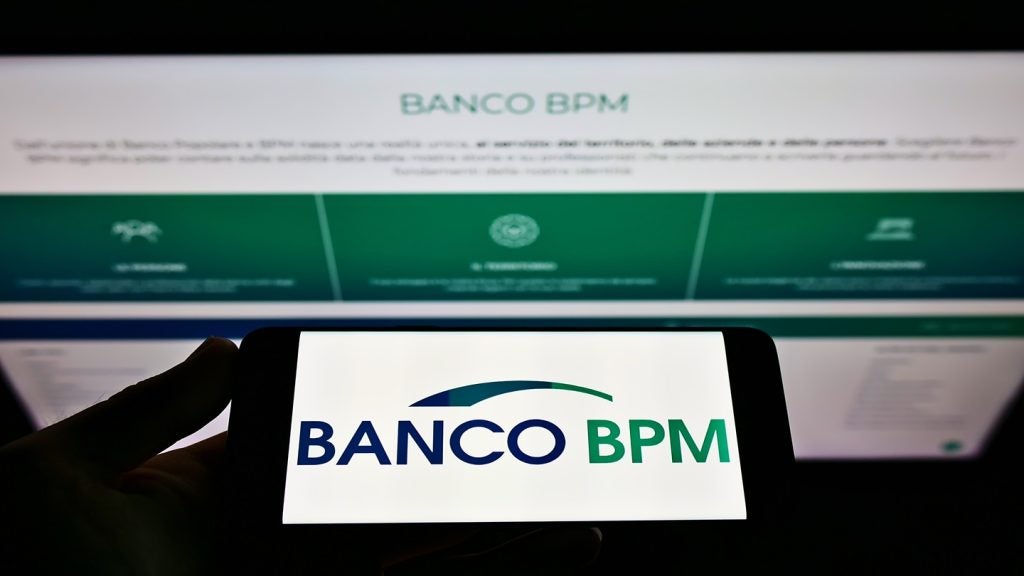A new research by Unisys has found that several retail banks are lagging in key areas of digital transformation.
The online survey was conducted on 100 manager-level and above financial services industry practitioners based in the US and the UK.
According to the report, only 17% of the practitioners rated themselves in optimal position in implementing their digital transformation strategy, while 19% rated themselves in the beginning stages and 32% in the medial stages.
About 16% of the respondents stated their omnichannel strategy as ‘optimal’.
The survey found that most banking customers still lack a unified view of all transaction and customer data across multiple channels such as web, mobile, ATM and in-branch.
Unisys global head of financial services Eric Crabtree said: “Most banks are actively seeking ways to re-invent themselves to better compete in today’s digital environment.
“These organisations understand the need to go beyond traditional banking services, however, many are struggling to modernise in the face of archaic processes or legacy systems.
“Ultimately, an integrated, secure omnichannel platform is critical to enabling banks to deliver a seamless banking experience – a key differentiator, especially for smaller and mid-size banks.”
In most of the cases, the customers cited security and trust as the primary inhibitors that prevent them from using the digital channels.
Crabtree added: “At Unisys, we believe that proper security and a good customer experience are not mutually exclusive.
“Today, banks can incorporate tools like behavioural biometric authentication, which can help verify transactions and users based on individual tendencies like typing speed – helping customers achieve their financial goals however they prefer to do so – securely.”







